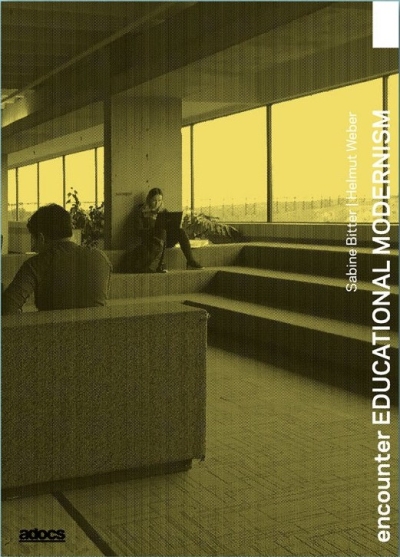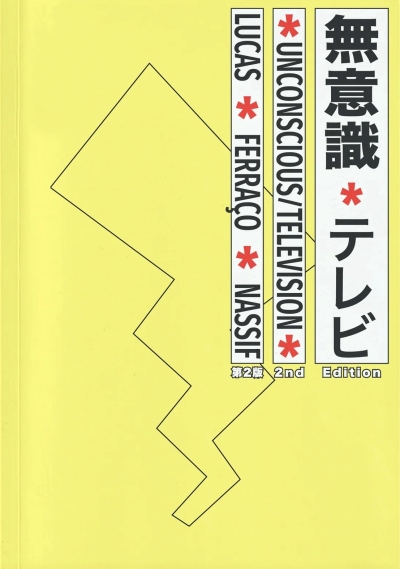
AR/PS. The Architecture of Arseniusz Romanowicz and Piotr Szymaniak
Arseniusz Romanowicz (1910-2008) and Piotr Szymaniak (1911-1967) designed some of the most striking buildings of modern Warsaw, mainly train stations: Central, Eastern, Ochota, Powiśle, and Stadion.
Until recently it was difficult to appreciate the beauty of these buildings, concealed beneath layers of dirt and DIY extensions. Their architects were not good at self-promotion and remained in the shaw for the good part of their lives.
ARPS is a tale composed of essays by 8 different authors, as well as interviews, highlighting various aspects of Romanowicz and Szymaniak's careers, spanning from the 1930s to the 1990s. Their legacy is documented on some 200 pictures, including hitherto unpublished material from their private archives.
Pages: 392, Ilustrations: about 200, Hardcover
Language: English
Pierwsze angielskie wydanie albumu o architektach, którzy zaprojektowali jedne z najciekawszych budynków powojennej Warszawy: Dworzec Centralny, Dworzec Wschodni, stacje Ochota, Powiśle i Stadion, położone na przecinającej miasto linii średnicowej. Prawie 400 stron, około 200 zdjęć i rysunków, 8 polskich i zagranicznych autorów. Unikalna, „eksportowa” publikacja o architekturze modernistycznej.
Arseniusz Romanowicz (AR) i Piotr Szymaniak (PS) nie dbali o reklamę i przez większą część życia pozostawali w cieniu swoich projektów. Również same budynki szybko podupadły i jeszcze do niedawna trudno było je docenić pod warstwami brudu i przybudówek. Dziś, gdy Dworzec Centralny został wyremontowany, a Warszawa Powiśle jest jednym z najpopularniejszych miejsc na towarzyskiej mapie Warszawy, nie trzeba już używać wyobraźni, by dostrzec kunszt Romanowicza i Szymaniaka. Jak dotąd nie było jednak książki, która pozwoliłaby lepiej ich poznać.
Album „ARPS” zawiera około 200 starannie dobranych ilustracji, w tym niepublikowane materiały z archiwów rodzinnych. Zdjęcia i rysunki przeplatają się z tekstami ośmiu polskich i zagranicznych autorów, prezentującymi różne wątki i epizody z kariery Romanowicza i Szymaniaka od lat 30. do 90.
Ponadto książka zawiera m.in.: pierwsze kalendarium życia i twórczości obu architektów, niepublikowany tekst Romanowicza o Dworcu Centralnym z połowy lat 80. oraz wywiady z architektami, którzy modernizowali warszawskie dworce.
Tłem albumu są dzieje Warszawy i Polski XX wieku – od końcówki II RP z jej pokazowymi inwestycjami, przez lata okupacji i PRL, po dziki kapitalizm lat 90. i modernizacyjną falę ostatnich lat.

































































































